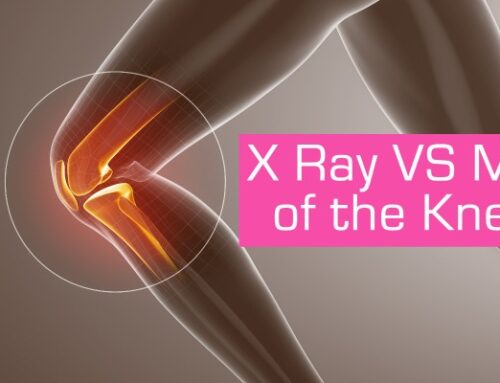Stretching is by design an opportunity to lengthen a muscle, utilizing its elasticity. To create movement a persons muscles are constantly contracting, while healthy, it is more important for a muscle to have full range of motion(ROM) while also maintaining stability throughout defined ROM. Most people create an attachment between stretching and flexibility, however, in this article I would like to present a different way of thinking when defining flexibility as well as create an updated precedent in definition and in practice to how we stretch for optimal muscle health.
Defining each.
A passive stretch is what people commonly think of when they think of “stretching”. A passive stretch is when the body is placed in a specific position designed to lengthen a muscle and then holding that position for a period of time. Typically a standard passive stretch for completion varies from 15 seconds to a minute; a passive stretch designed to target fascia however is held longer for a period of 90 seconds or more.
An active stretch is one that fulfills the same or close to the same ROM but by using the opposing muscles actively(through contraction) to create that stretch. For example a straight leg high kick would be similar to a standing hurdler stretch most people perform with a nearby bench when out for a run.
A passive stretch when positioned carefully can target a specific muscle or specific fibers within a muscle simply with a slight change in angle. An active stretch has less control during big movements but can have specific design just the same as an active stretch by combining the philosophy of both methods.
So which one is better? Well above I specifically mentioned the importance of the ability to maintain stability during any position you create. See the human body is designed in perfect tune and creation to protect itself. So if you attempt to go into a position, providing that anatomy doesn’t keep you from reaching that position, and your body stops you(“I cant stretch as far as the person next me”) it is likely because your body is not STABLE. During every contraction of a muscle a co-contraction is taking place on the opposing side. It’s called reciprocal inhibition. If i go to perform a bicep curl but my tricep has a tear in it or the joint is unstable OR I previous hurt that area during this movement and my body remembers, my body sends a message to the muscles to inhibit that movement because it knows it can hurt me. Some would look at a simple solution to “stretch” the tricep passively but how do we know were not creating more damage? An active stretch allows your body to tell you when its done AND it creates stability with the contraction of both agonist and antagonist muscles(stabilizers too).
Flexibility. She can do the splits so she must be flexible. NO. Lets redefine this by taking what we’ve learned with how the body works in relationship with contraction. FLEX-ibility, FLEX-ability, the ability to flex. If optimal ROM exists with the ability to be stable through contraction then this is how we best define within it!
Create flexibility with the practices in tune with how the body is designed to function. This will be the best way to avoid injury while also reaching new heights in movement, stretching, strength, elasticity and FLEXibility.
So do you want to get more FLEXible?
Start with available and controlled contraction. You can choose to combine static stretching as well but the active stretch will truly define your chosen ROM or flexibility. It will also last longer and be duplicatable consistently!







Leave A Comment